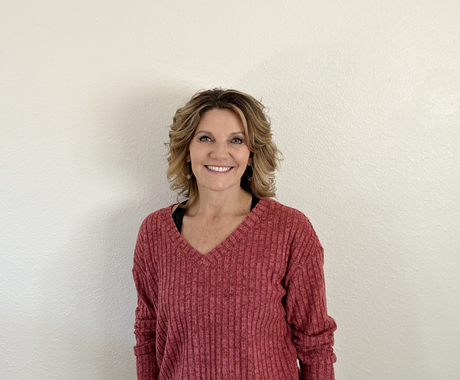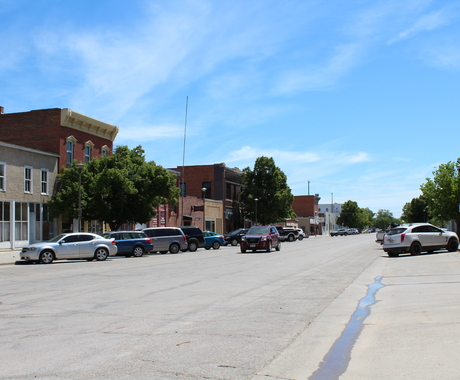Thanks to gardening enthusiast Jonathan Leger for this article.
Pollinators are insects and animals that transport pollen from plant to plant to fertilize the plant so it produces fruit or seeds. There are more than 1.000 different plants grown for spices, foods, beverages, and medicine that are dependent on pollinators. In fact, in the US alone, pollinators account for more than $40 billion worth of products annually.
Evidence has shown that the number of pollinating insects and animals are steadily declining. In the last 10 years, researchers have seen more than a 50% decline in the number of honeybee colonies in the United States. Studies have shown the loss of pollinator habitats, diseases, parasites, and chemical misuse all contribute to this decline.
There are a number of things a conscientious gardener can do to protect and promote colonies of pollinators in their own yards and farms, such as supplying a habitat that is congruent to pollinators, using careful growing methods, and raising awareness of the decline of pollinating insects and the impact this decline will have on the planet.
Developing a pollinator friendly habitat
Insects, animals and birds need food, water, and shelter. Providing pollinators with these necessities is the best way to create a pollinator garden. It does not take a lot of land or big changes to your landscape to develop the environment birds, bees, insects, butterflies, and other pollinators require.
Food
Nectar and pollen‐rich flowers are the best way to invite pollinators into your yard. The best plants are those that are native to your region. When choosing plants, choose ones that bloom at different times throughout the growing season. This will ensure the pollinators will have food to sustain them. Additionally, plant clumps of flowering plants to help attract more pollinators to your yard.
Did you know different types of pollinators are drawn to different colors and plant shapes? Butterflies are drawn to bright red or purple flowers with enough surface area for them to land. Bees, on the other hand, prefer white, blue, or yellow flowers with a large surface area. Beetles and bats are drawn to white or green blooms that are bowl shaped. Finally, birds, such as hummingbirds, are drawn to bright red, scarlet, white, or orange flowers that are shaped like a funnel.
Water
Water is necessary for all life, including pollinators. Landscape water features are a great way to encourage pollinators. The water should be kept free and clean of contaminants, such as bacteria, chemicals, and mold. Small ponds or bird baths are often used by a variety of pollinators. In addition to these water features, creating a damp salt lick can encourage both butterflies and bees. To create a salt lick, use a drip hose to create a damp, not wet area. Then, add a small amount of sea salt to the mud and mix well.
Shelter
Pollinators need shelter as protection from the weather, predators, and disturbance. Clumps of unmowed grass, shrubbery, and undisturbed bare soil provide locations for bird and insect pollinators to escape predators, to rest, and to stay out of the rain or hot sun in the shade or in burrows.
Shelter also provides nesting structure and cover. Hummingbirds will nest in nearby shrubs or trees. Their nests are constructed of moss, plant materials, and spider webs. Butterflies generally nest and lay eggs on plants that support their young. For example, monarch butterflies prefer milkweed. Bees nest in a variety of places, including dead limbs, the ground, and spent plant stems of the goldenrod, rose, raspberry, or coneflower. Bat houses will encourage bats to call your land home.
Insecticides and herbicides
Both insecticides and herbicides can be harmful to pollinators. Insecticides can kill insect pollinators on contact or by contaminating pollen and nectar. Herbicides can be toxic if sprayed directly on insect pollinators or can kill plants essential for pollinator food and shelter.
If you must use pesticides in your garden, apply them when pollinators are not present (like in the evening) or to nonflowering plants. Limit the use of pesticides to only essential sites, and leave some areas uncontaminated as clean habitat for pollinators.
Raising awareness
Although the plight of pollinators has been in the news, many people are unaware of how they can encourage pollinators onto their own land. By being a voice for these important creatures, you can protect our food supplies, medicines, and ecosystem.
Contact your local US Forest Service to see how you can help spread the word. Organizations that promote pollinator awareness, like Xerces Society, Pollinator Partnership, and North American Butterfly Association can help gardeners learn more about protecting pollinators. With the garden guides, artificial nest boxes, and handouts from these places, you can encourage gardeners all around you to create welcoming habitat for pollinators.
Pollinators are vital to humanity. Without them, many foods and medicines would be unavailable. Do your part to protect these essential insects, birds, and animals by developing pollinator‐friendly habitats, using insecticides and herbicides properly, and helping to raise awareness in your community and around the world.
About the Author
Jonathan Leger is a sponsored member of the Garden Writer's Association and a gardening enthusiast. He runs a small site dedicated to the history, education, and care of a variety of roses at CabbageRoses.net.
Feature image: Green bee hovers over a flower in the prairie garden in front of the Center for Rural Affairs office in Lyons, Nebraska. | Photo by Wyatt Fraas





